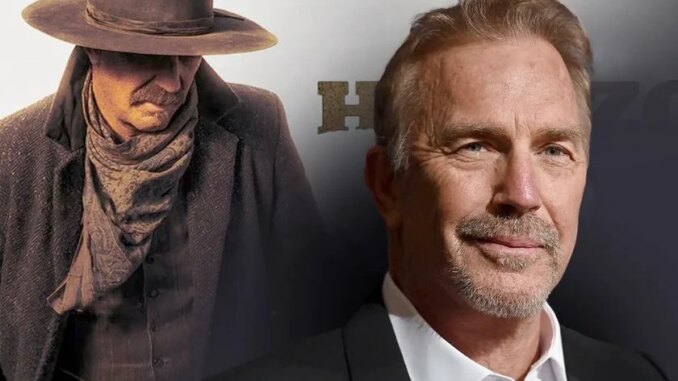
The Shifting Sands of the Ranch: New Spin-offs Attempt to Fill the Void Left by Costner in the Yellowstone Universe
The vast, rugged landscapes of the Yellowstone universe have, for years, been synonymous with one figure: Kevin Costner’s John Dutton. His craggy visage, his gravelly voice delivering pronouncements of unwavering resolve, his very posture embodying the intractable spirit of the American West, were the bedrock upon which the modern cowboy epic was built. He was not merely an actor; he was the gravitational center of a sprawling dynasty, the granite foundation of a ranch steeped in blood, tradition, and an unyielding will to survive. His impending, and now largely realized, departure from the flagship series leaves a chasm, a narrative void that echoes across the Montana plains. In response, the creative forces behind Yellowstone are not attempting to rebuild the same edifice, but rather to construct a constellation of new narratives, hoping their collective light can obscure the shadow of the absent patriarch.
The void left by Costner is not simply the absence of a leading man; it is the excision of the very spine of the original narrative. John Dutton represented the immovable object, the unwavering moral compass (however flawed and brutal), and the ultimate power broker within the family and the land it fought for. He was the oak around which all other narratives twisted and turned, the central sun illuminating the orbits of Beth, Kayce, Jamie, and Rip. His departure is a narrative earthquake, shifting the very tectonic plates of the Yellowstone universe. It leaves not just an empty chair at the ranch house table, but a profound questioning of the show’s core identity. Who now carries the burden of the land? Who embodies the spirit of defiant legacy?
Enter the spin-offs: 1883, 1923, and the burgeoning slate of new projects. These are not direct replacements, but rather strategic expansions, an intricate tessellation of new narratives designed to encircle and, perhaps, eventually absorb the central space once occupied by John Dutton. Think of it not as a single replacement pillar, but as a series of carefully placed counterweights. 1883 and 1923 have already excelled in illustrating the sheer arduousness of the Dutton lineage, showcasing the grit, sacrifice, and often brutal decisions that forged the family’s claim on the land. They are origin stories, providing the deeply rooted context that makes John Dutton’s struggle resonant, even in his absence. By delving into the past, these prequels reinforce the idea of Dutton resilience, proving the family’s survival instinct predates and transcends any single generation.
The new spin-offs, still largely shrouded in mystery, will likely further decentralize the narrative power. Instead of one dominant figure, we are presented with a mosaic of challenges and characters, each carrying a fragment of the Yellowstone spirit. Perhaps one will explore the intricacies of modern-day ranching without the immediate shadow of the patriarch, forcing new characters to grapple with land-use politics, environmental threats, and changing cultural tides. Another might venture into adjacent territories, exploring the lives of those impacted by the Duttons, or even independent ranching families facing similar struggles. This approach is akin to a complex ecosystem losing its apex predator; while the immediate shock is profound, the remaining species adapt, new hierarchies emerge, and the overall health of the system might even find new forms of equilibrium.
Yet, the attempt to fill the void is a bold gamble. There’s a risk of dilution, of stretching the brand so thin that its original potency dissipates. The sheer charisma and grounded authority Costner brought to John Dutton are irreplaceable. The spin-offs cannot be John Dutton; their success lies in forging distinct identities while remaining tethered to the overarching mythology. They must prove that the Yellowstone universe is more than just one man’s fight for his ranch, that its themes of legacy, power, family, and the brutal beauty of the West are universal enough to sustain multiple iterations.
Ultimately, the spin-offs are not merely filling a void, but actively reshaping the very definition of the Yellowstone universe. They are an acknowledgment that while one chapter closes, the saga continues, albeit with a different cadence and a more sprawling landscape. The heart of the ranch might feel a little emptier without its grizzled sentinel, but the echoes of his legacy, woven through generations of struggle and defiance, will undoubtedly reverberate through every new story, a testament to the enduring power of a myth that has become larger than any single character – even the one who once held it all together. The fire, it seems, will be tended by many hands, scattered across time and territory, hoping to keep the Dutton flame burning.
